We had an unusual find on Sange Beach, as we found not one, but 2 chambered nautilus shells, over the past 18 months. Unusual enough that when asked, the local fishermen, had no idea on what they were and had never seen one before. This caused quite a stir among the local fisherman, as to what this strange shell was, and intrigue for us, so we looked for more information about them....
Butterfly Life Cycle
A butterfly has a four stage life cycle, a process called metamorphosis. Metamorphosis is a Greek word that basically translates to transformation or total change in shape.
Butterflies, moths, flies, bees, and beetles all undergo a similar complete metamorphosis.
Stages of metamorphism 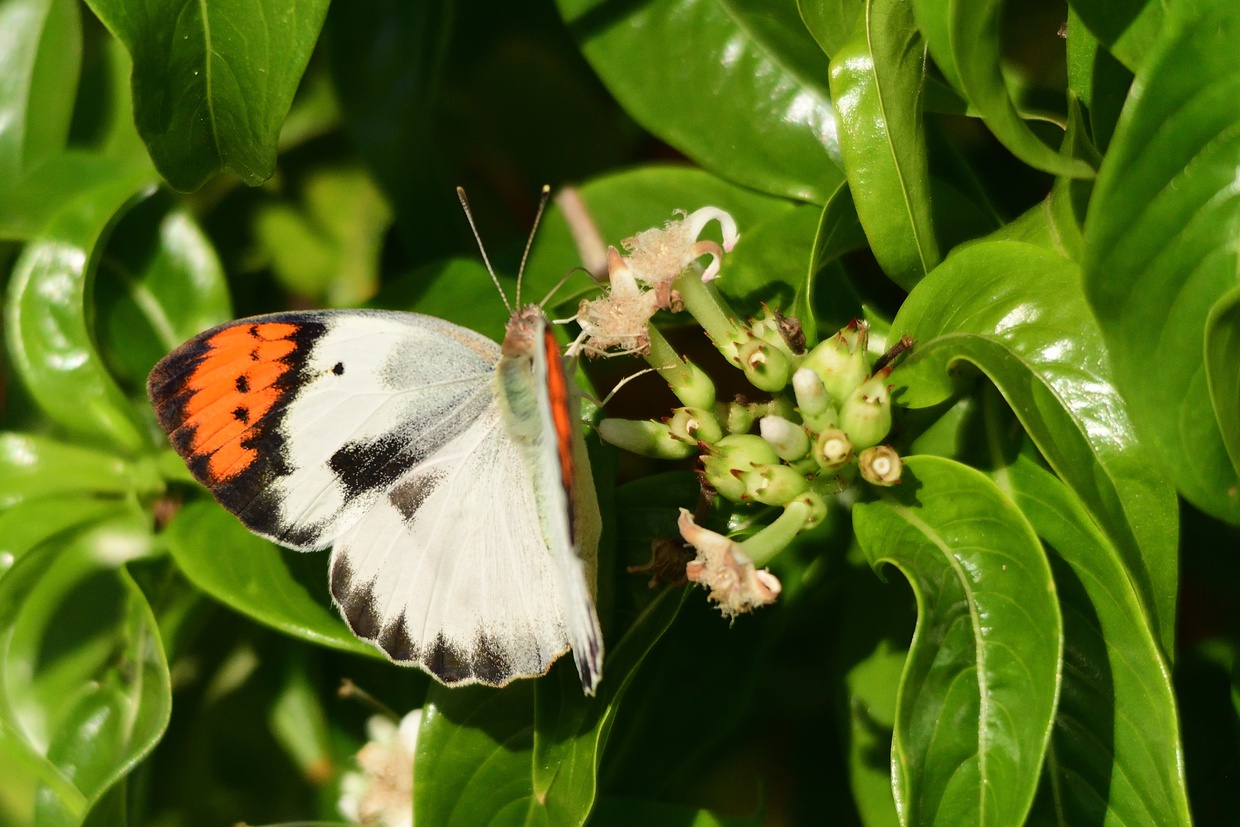
Each stage is a complete, mind-boggling change, in looks, diet and appearance. The four stages are egg, larva, pupa and imago (adult) that needs to work in a complete circle for the survival of the species.
As you will see below, it leads to the age-old question about evolution, what came first, the butterfly or the egg.
Starting with a female butterfly laying eggs on the caterpillars preferred food, which generally is a plant, the eggs are laid on a leaf or stems, with most butterflies.
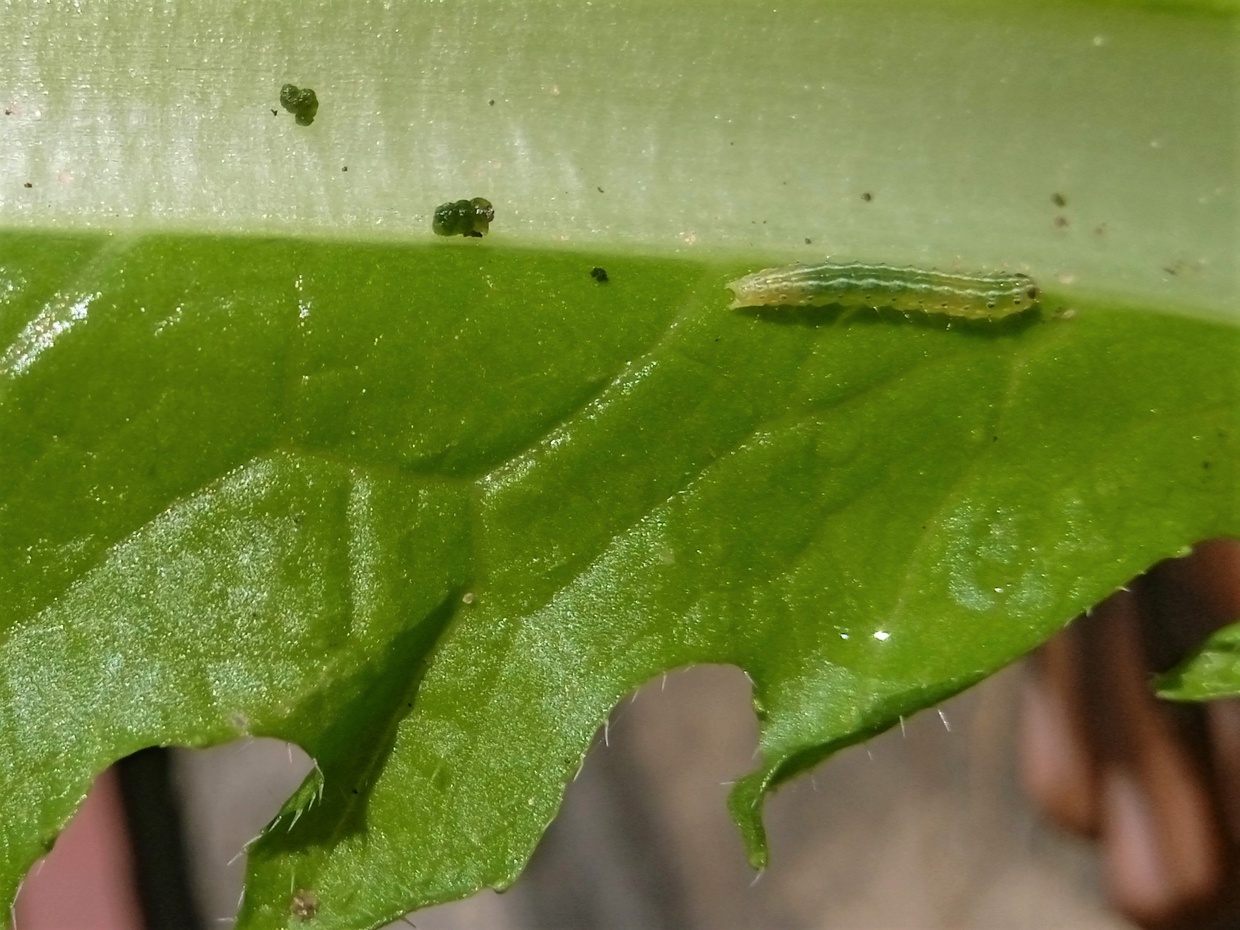
Once the eggs hatch, a larva called a caterpillar emerges. A caterpillar has one function in life, that is to eat, eat and eat some more and grow. Needless to say, a caterpillar has a ferocious appetite.
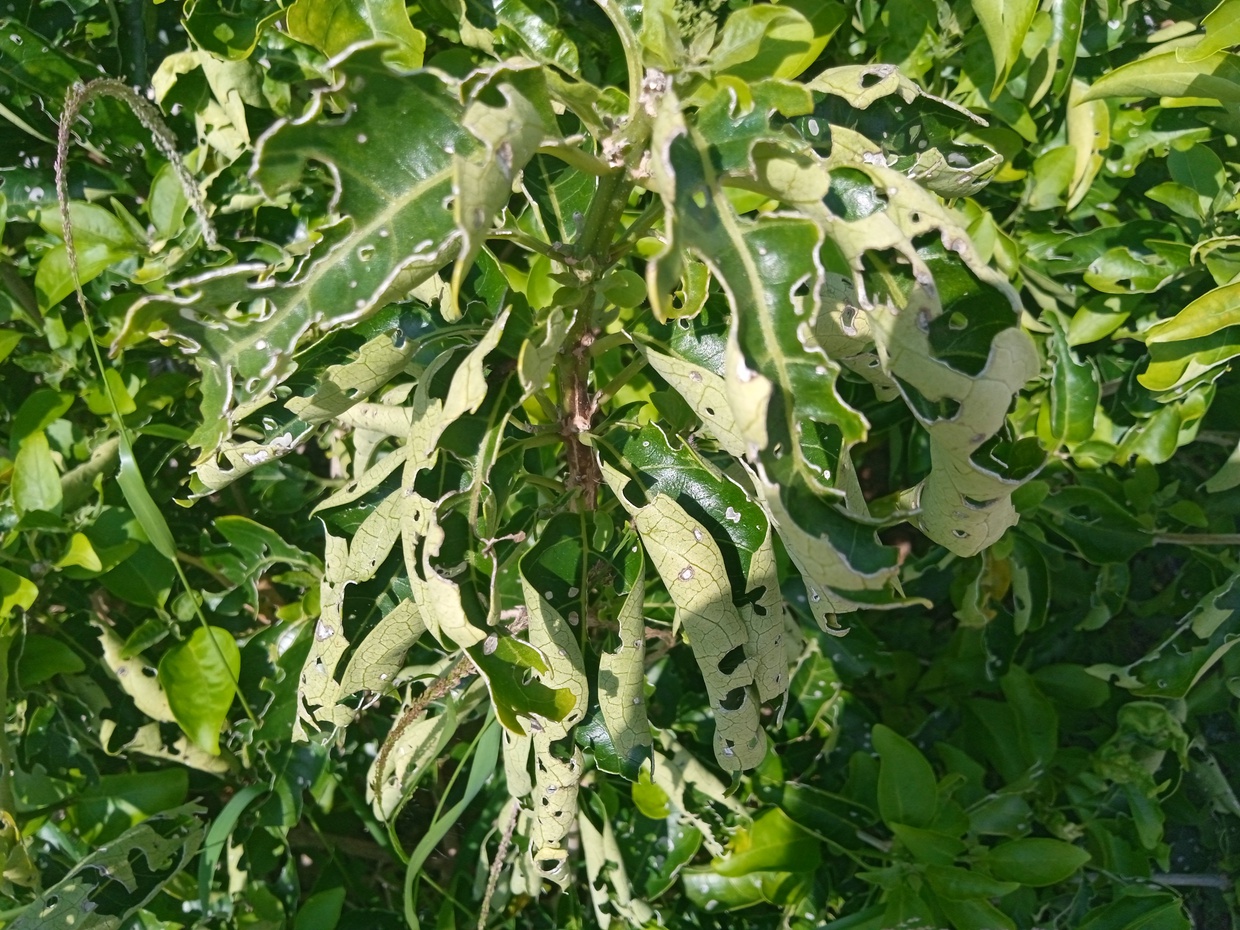
Caterpillars grow rapidly, shedding their exoskeleton (skin) 4 or five times, while growing up to 100 times it’s hatching size. A large portion of caterpillars are brightly coloured, with aposematic markings. Aposematic markings are a warning to all predators saying that the caterpillar tastes unpleasant or is poisonous. Interestingly caterpillars have no bones, but have up to 1000 different muscles.
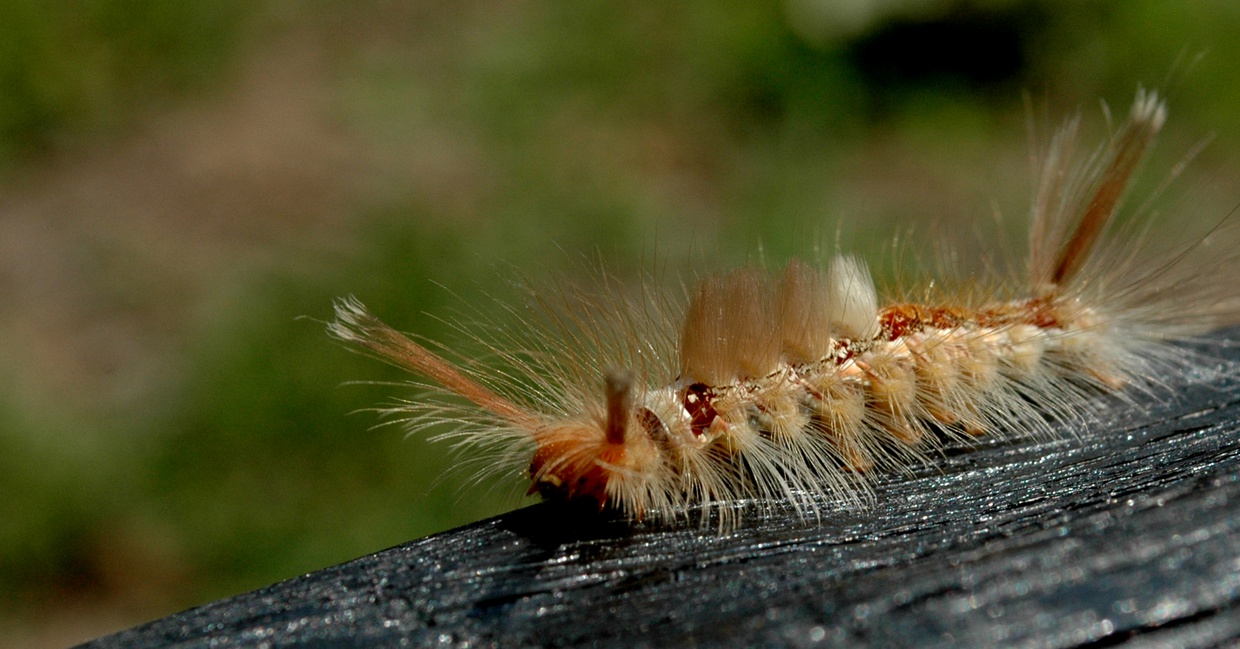
This next stage is truly a masterstroke of evolution. The caterpillar attaches itself to a twig or plant, out of sight of predators. The caterpillar splits open to reveal a chrysalis or pupa, with most species, but some do spin a silk cocoon, but more so on the side of moths. Inside the pupa the caterpillar totally breaks down and rearranges itself into a butterfly. This is possible due to stored information or DNA from the caterpillar. This is the bit that I find remarkable. During this period of transformation the caterpillar does not eat, but uses the stored energy from the previous stage. This transformation takes between 2 weeks to 52 weeks, depending on the species of butterfly. In Tanzania, with the country being equatorial, the transformation is a lot shorter than in colder countries.
After the transformation, the adult butterfly will emerge from the pupa. The adult butterfly looks nothing like the caterpillar that it started out as.
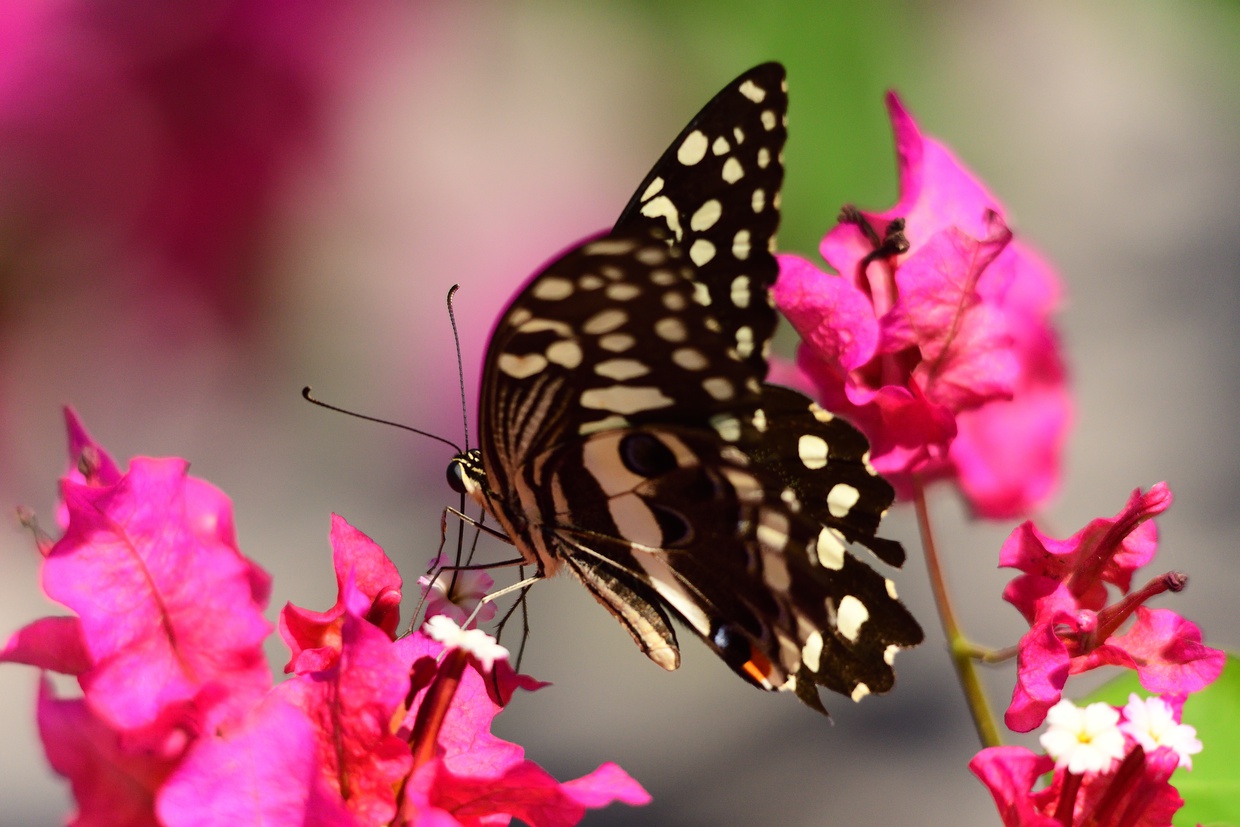
An adult butterfly emerges with compound eyes, versus simple eyes, two pairs of wings, reproductive organs, and the ability to fly.
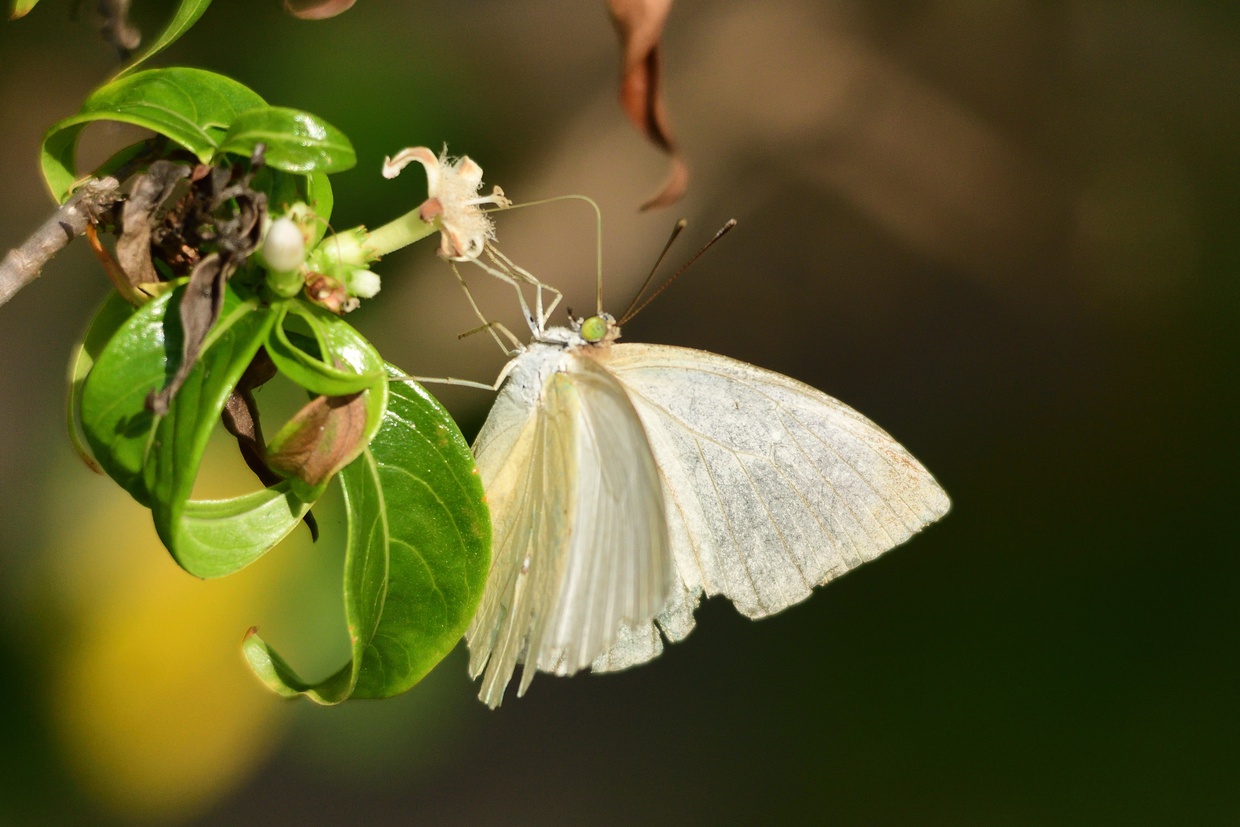
Butterflies take part in aerial courtship, but need to land to mate. Reproduction takes place tail to tail, then the females’ lay eggs and the cycle starts over.
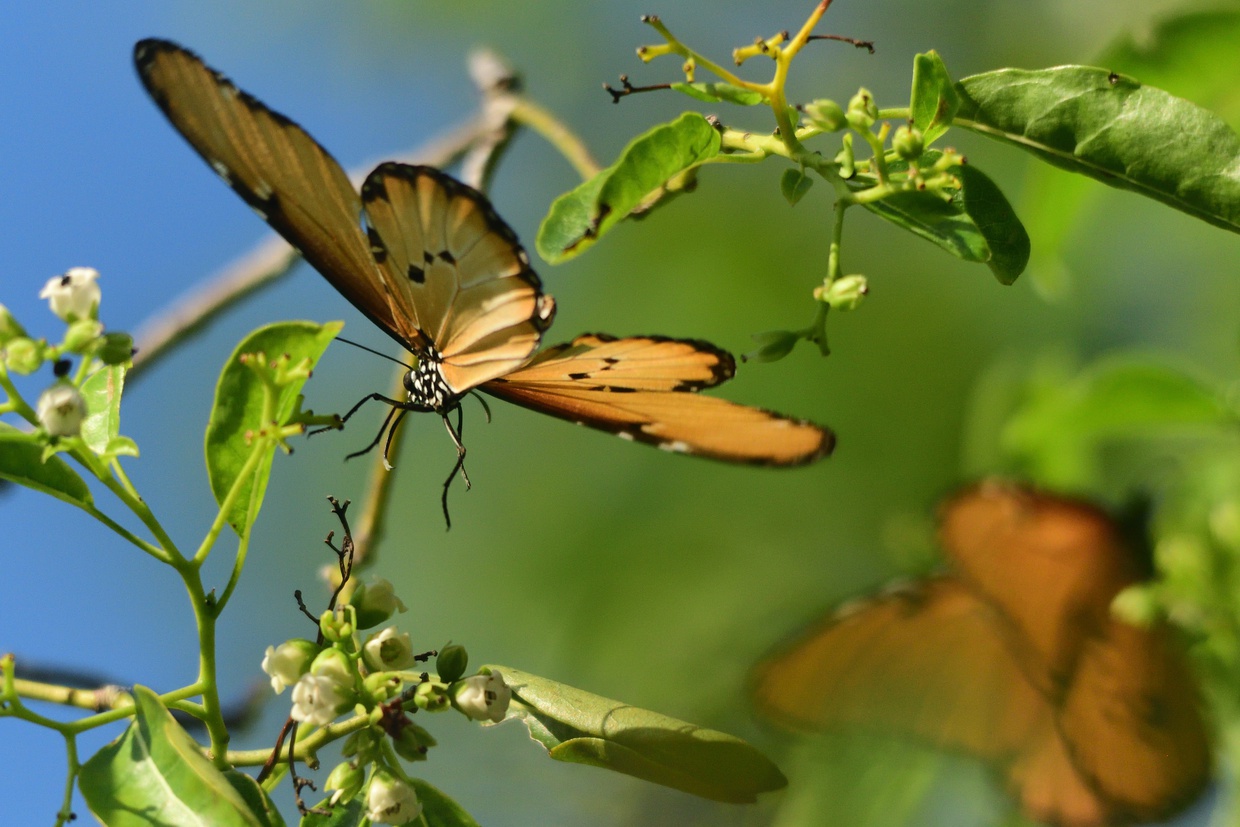
Butterflies are sexually dimorphic, meaning male and females look the same. In the adult stage of life, butterflies live on average between 7 and 14 days in the tropics, this is species specific, with some living longer.
As the adult of the life cycle, a butterfly has 4 wings and 3 body segments, head, thorax and abdomen. All butterflies have 6 legs. All feeding as a butterfly is done with a long proboscis that is coiled when not in use.
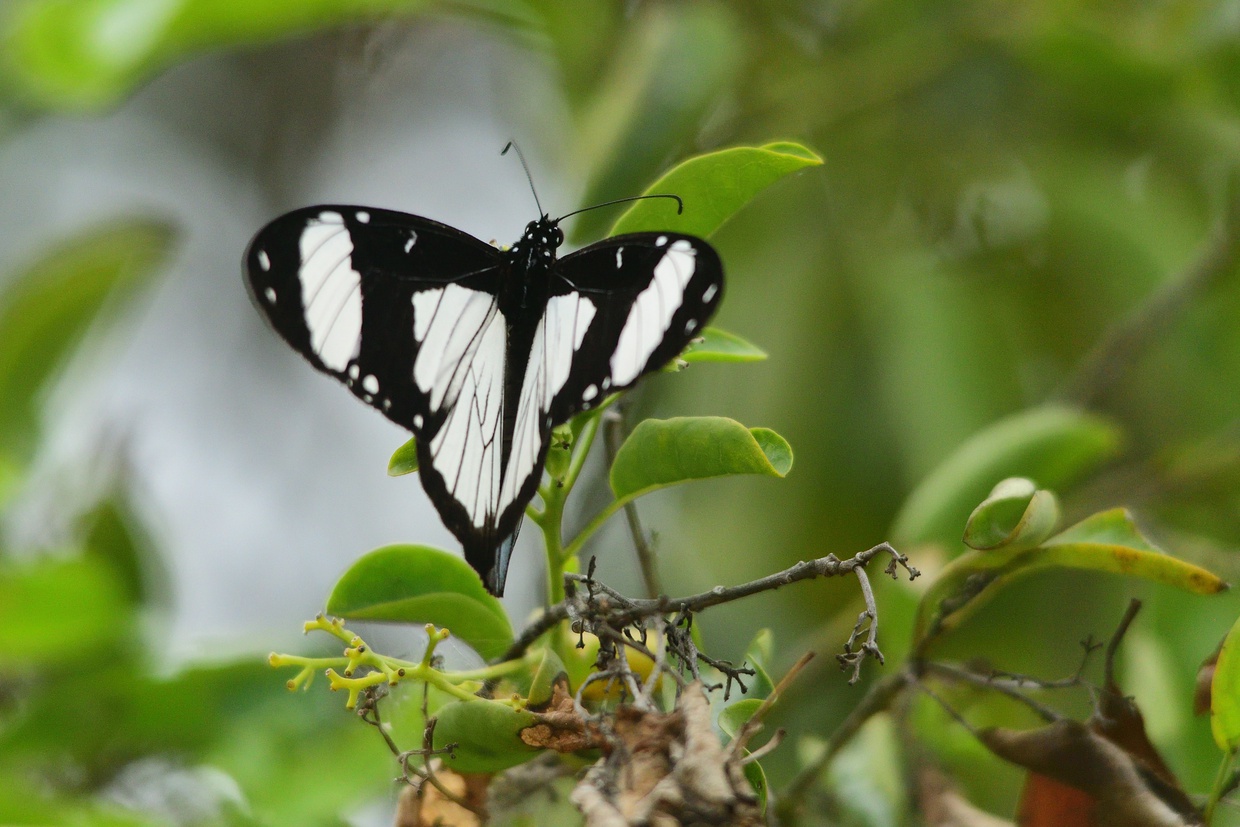
Most species in the tropics will have 2 broods per year, normally in sequence with the rains and hence availability of food.
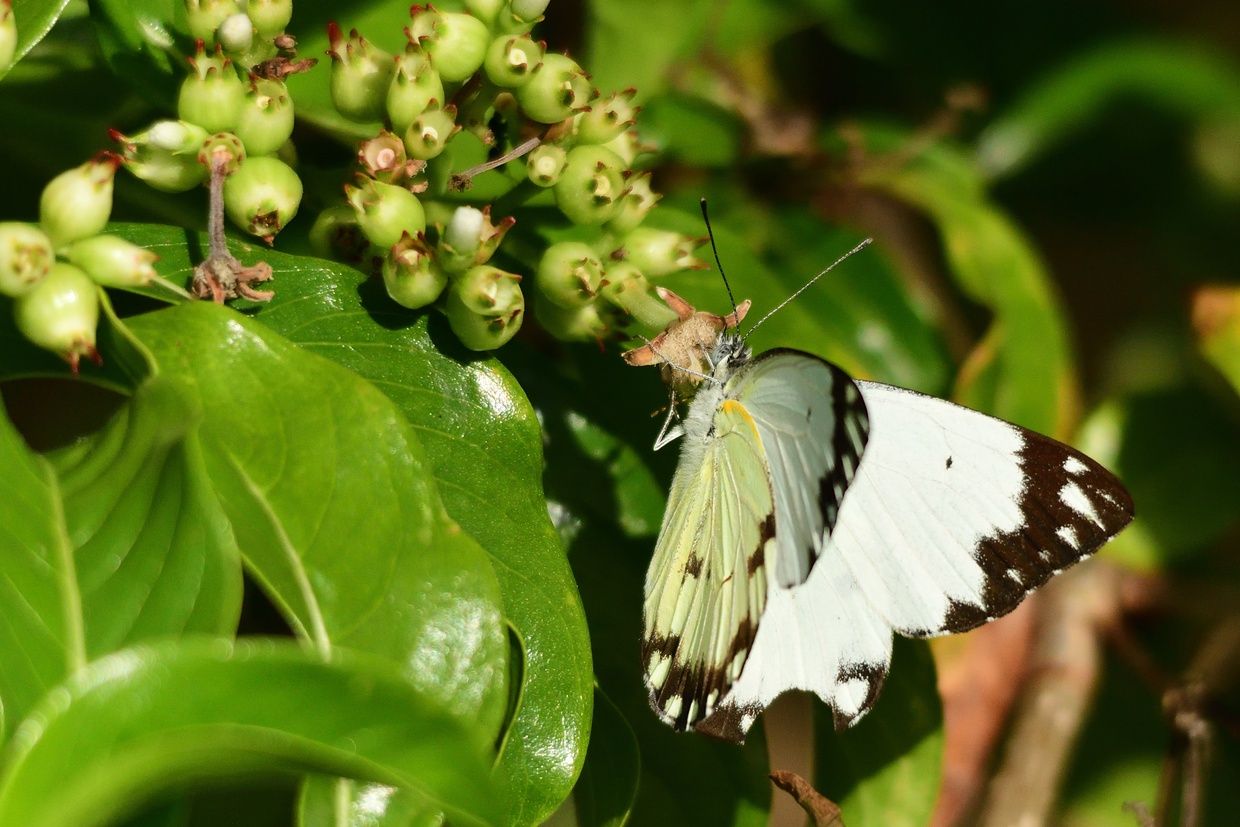
Butterflies wings are covered in tens of thousands of microscopic scales that are laid down in multiple levels, with each scale made up of layers. Each scale is reflective. The combined effect of all this reflections in total give the butterfly wings the intense colours we see. These colours can shift as the angle of reflection changes, this is called iridescence.
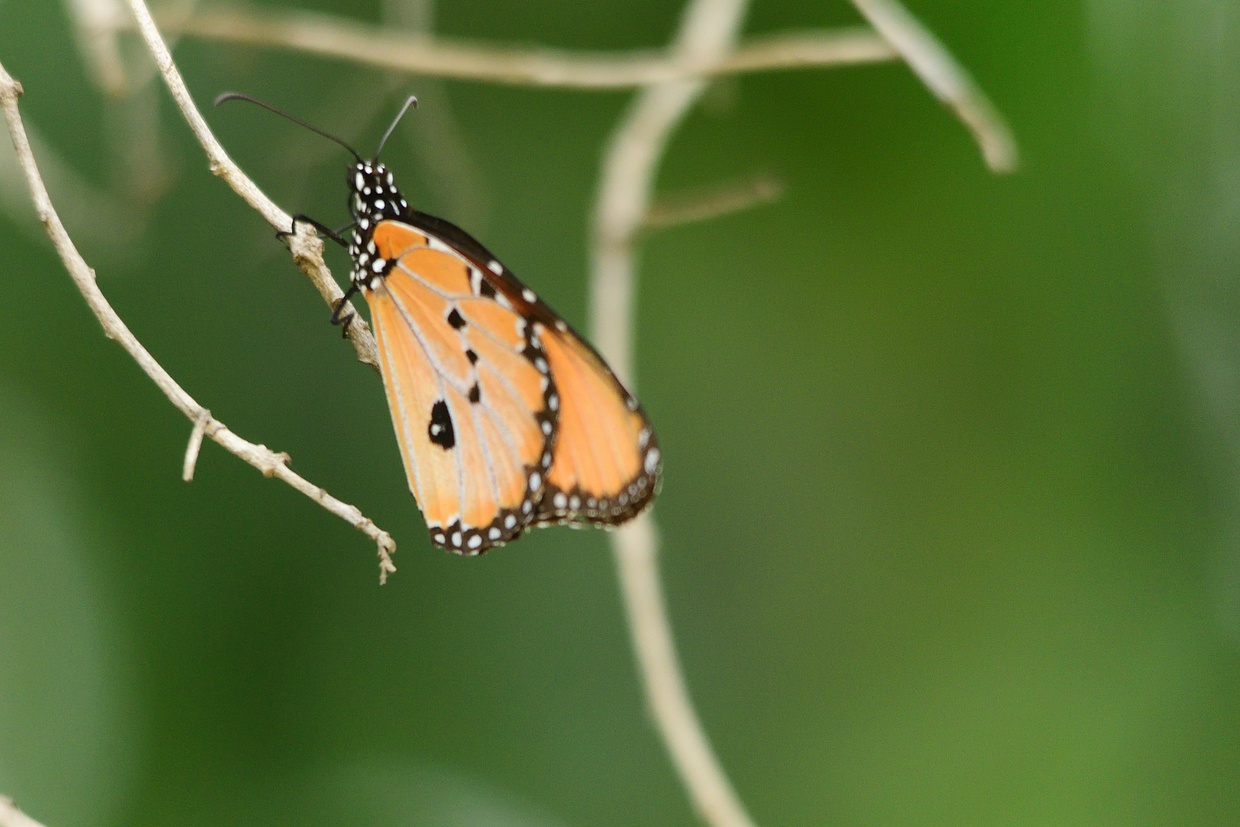
The collective noun for butterflies is the very apt, kaleidoscope of butterflies.
Further Reading
As you walk around the gardens at Kijongo Bay Resort, you may be fortunate enough to see some strange nests amongst the leaves, these nests are made by weaver ants. We were quite intrigued by these nests, and so did some research and found them to be very interesting, and thought we would share this info with you.
Beachcombing in front of Kijongo Bay Resort, you never know what you might find. We came across quite a few brightly coloured starfish, and wanted to know more about these strange creatures, which we thought we would share with you.







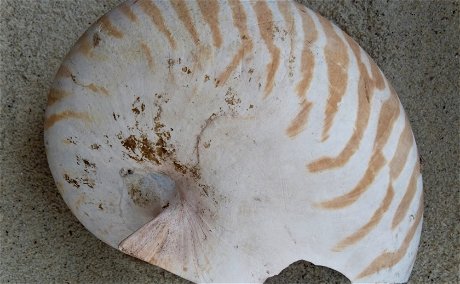
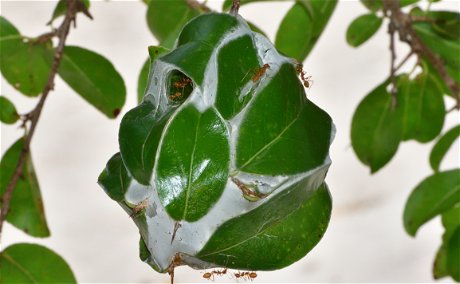

Share This Post